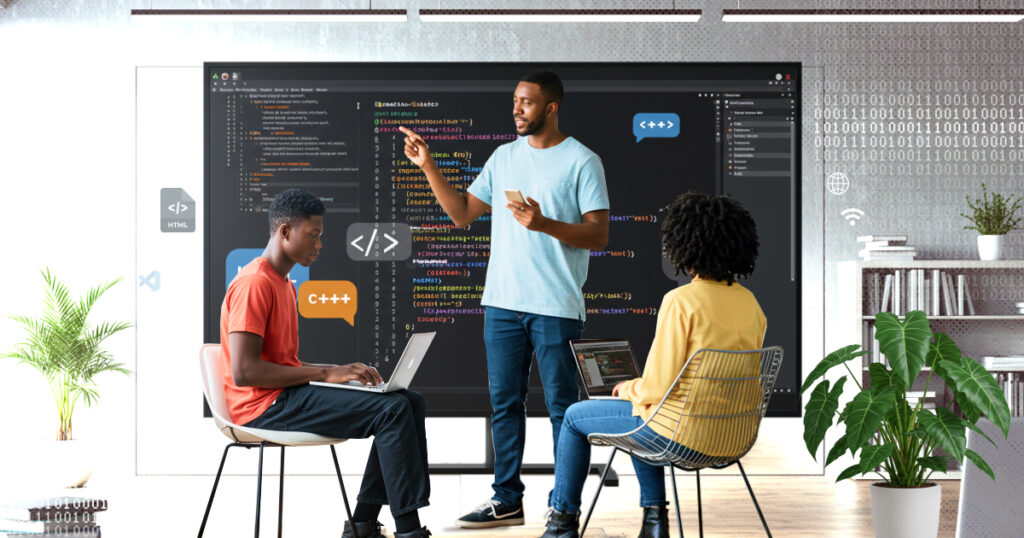Jul. 19, 2025
Last updated: Jul. 21, 2025
Last updated: Jul. 21, 2025
Last updated by:
3 min read
If you’re reading this, chances are you’ve just watched my video on starting to code with your phone. You unlocked the world of coding, with nothing but your phone, breezed through your first HTML tutorial, quizzed yourself, and even tweaked live code to see instant results. It’s proof that the barriers to entry have never been lower.

But here’s the thing: while mobile coding is a great way to ignite your passion, it’s only the beginning. When you’re ready to build more complex layouts, juggle multiple files, collaborate with teammates, or explore powerful development environments, a laptop becomes neccessary.
A laptop will help you level up, work more efficiently, or pursue coding professionally. All of the tools, editors, and courses recommended below work best on a laptop setup. So consider the following baseline specs when you’re ready to invest in your first coding laptop.
Base Laptop Specifications for a Beginner
- Processor (CPU):
– Intel Core i5 (10th gen or newer) or AMD Ryzen 5 (3000 series or newer) - Memory (RAM):
– 8 GB DDR4 minimum (16 GB preferred if your budget allows) - Storage:
– 256 GB SSD (solid‑state drive) for fast boot‑up and snappy file access
Must‑Have Coding Tools
- Code Editor:
- Visual Studio Code (free) – extensible, with built‑in Git, IntelliSense, and rich plugin ecosystem.
- Version Control:
- Browser DevTools:
- Built into Chrome, Firefox, Safari – inspect elements, debug JavaScript, profile performance.
Top Free Courses
- freeCodeCamp.org
- The Odin Project
- Full-stack curriculum starting with HTML, CSS, and JavaScript fundamentals
Recommended Paid Courses
- Udemy
- Coursera (Audit for free; pay if you want certificate)
- Codecademy Pro
- Interactive, hands‑on tracks for HTML/CSS and JavaScript
More Tips
- Build real projects: start small (a personal homepage), then expand (portfolio site, interactive to‑do list).
- Read the specs: bookmark MDN, whenever you use a new tag or method, read its documentation.
- Mobile‑first mindset: design and test on your phone early to ensure responsiveness.
- Semantic HTML & Accessibility: use proper tags (
<header>,<main>,<nav>,aria-attributes) so everyone can use your site. - Join a community: Slack/Discord channels, Stack Overflow, freeCodeCamp forum. Ask questions and give back.
- Version‑control habits: commit early and often with clear messages; host your code on GitHub to showcase your progress.
- Code reviews: ask a colleague or mentor to review your code; learning to read others’ code and get feedback accelerates growth.